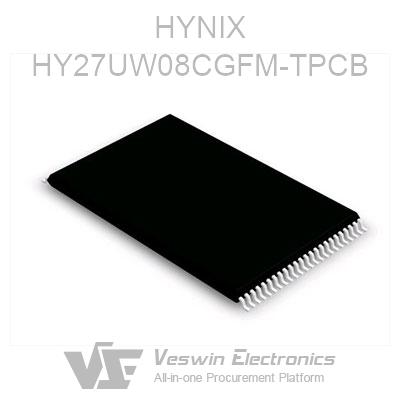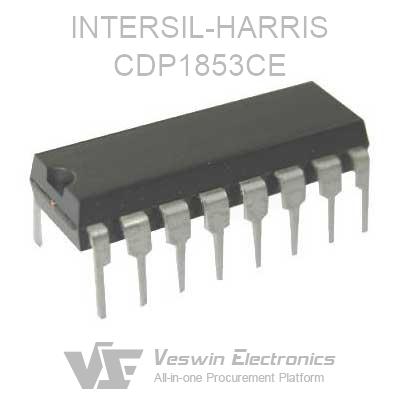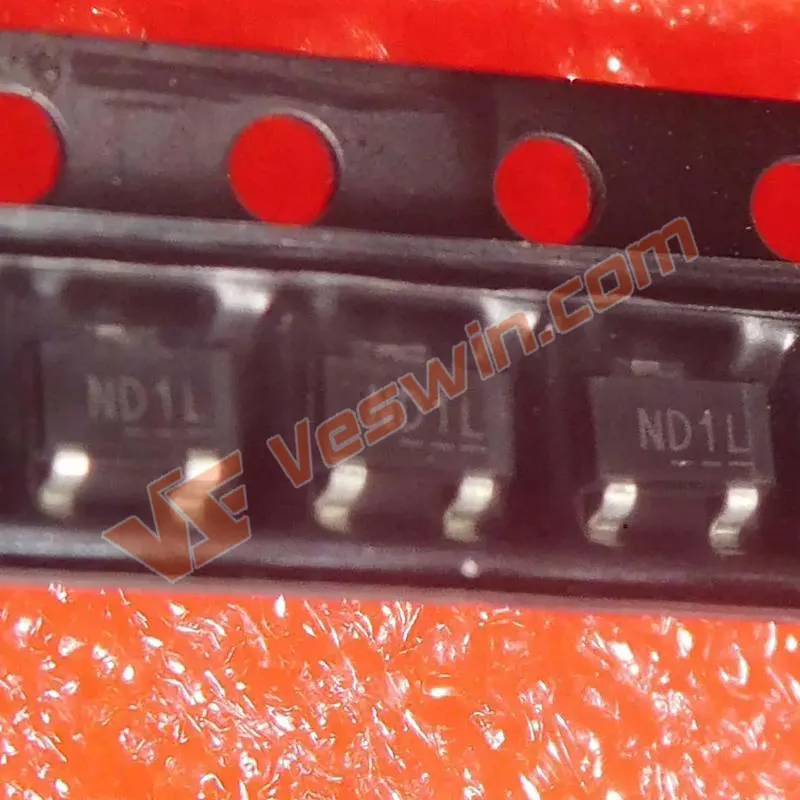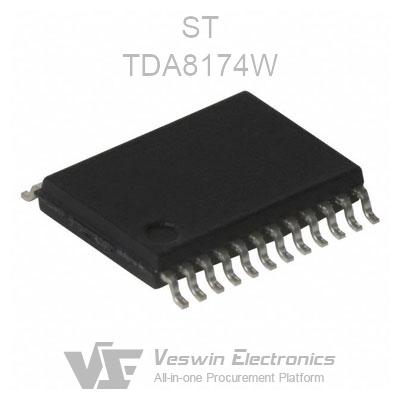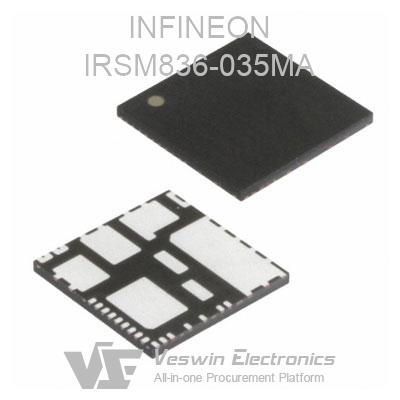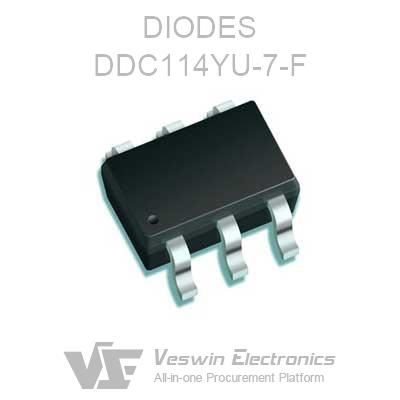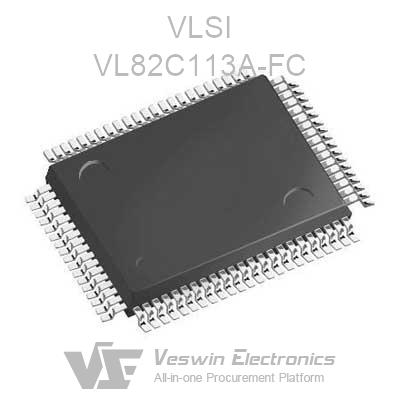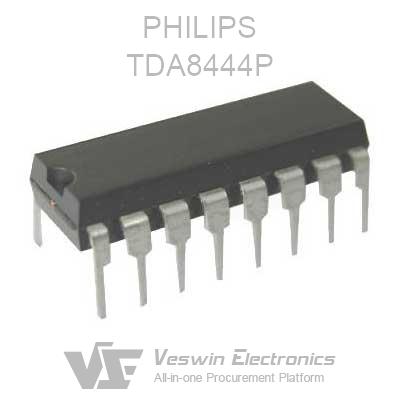In recent years, China's annual gross industrial product continues to improve, but the energy consumption ratio is high, high energy consumption ratio has become a bottleneck restricting China's economic development, for which the state has invested a lot of money to support energy saving and consumption reduction projects, frequency conversion speed control technology has been more and more widely used in all walks of life, it not only improves the process, prolongs the service life of the equipment, improves the work efficiency, etc., the most important thing is that it can be "Energy saving and consumption reduction", which has been recognized by the majority of users, and deeply concerned. It is expected that in the next few years, the market for inverters with energy-efficient efficacy will continue to grow driven by policy.
Since its introduction, insulated gate bipolar transistor (IGBT) has been widely used in motor drives, photovoltaics, UPS, energy storage, automotive, and other fields due to its advantageous features such as high voltage, high current, and low loss. With the global focus on renewable energy and the need for efficiency, high efficiency and reliability have become the key to the power electronics industry, and Nexperia's IGBT product line optimizes switching and conduction losses, while taking into account high-temperature and short-circuit tolerance for motor drives to achieve higher current densities and system reliability.
Inverters are widely used in various fields of motor drives due to their advantages such as "energy saving and consumption reduction". Let's go into the inverter and look at the typical circuit of the inverter.
The "AC-DC-AC" circuit is a typical inverter topology, and the inverter based on this topology is mainly composed of rectifier (AC to DC), filter, inverter (DC to AC), braking unit, drive unit, detection unit, microprocessor unit and so on. The frequency converter relies on the switch of IGBT to adjust the voltage and frequency of the output power supply, according to the actual needs of the motor to provide the required power supply voltage, and thus achieve the purpose of energy saving and speed regulation. In addition, the frequency converter has many protection functions, such as overcurrent, overvoltage, overload protection and so on. With the continuous improvement of industrial automation, frequency converter is widely used in textile, harbor, chemical, petroleum, engineering machinery, logistics and other types of application scenarios.
The traditional use of industrial frequency (50Hz) power supply directly driven by the wind or water volume regulation is backward. Most of the fans and pumps are still regulated by mechanical throttling with valves (adjusting the inlet or outlet baffles, valve openings, etc. to reduce the air volume or water volume). As the motor to run at a constant speed, so even if you reduce the air volume and water volume, power consumption will not decline, and a large amount of energy consumption in the baffle, the valve interception process. Easy to produce a waste of energy.
Fans, pumps when the use of frequency conversion speed control, if the flow requirements are reduced, by reducing the speed of the pump or fan to meet the requirements. As the speed is reduced, the required torque decreases in proportion to the square. The output power is also set up the square relationship between the decline. This means that a large-scale reduction in output power and power consumption can be realized.
Fans, blowers, pumps as a representative of the reduced torque load, with the reduction of speed, the required torque to square the proportion of the decline. And according to fluid dynamics, power = pressure × flow, flow and speed of the primary is proportional to the pressure and speed of the square is proportional to the power and speed of the cube is proportional to the pump efficiency is fixed, if the pump efficiency is fixed, when regulating the flow rate down, the speed of the speed of the proportional decline in the output of the power is also set up a square relationship between the decline, so that the pump's speed and the power consumption of the motor power is the relationship between the approximate cubic ratio.
Short circuits in industrial environments Industrial motor drives operate in relatively harsh environments where high temperatures, AC line transients, mechanical overloads, wiring errors, and other unexpected conditions may occur. Some of these events can result in large currents flowing into the motor drive's power circuits.
Three typical short circuit events are shown. They are:
1. inverter pass-through. This can be caused by incorrectly switching on both IGBTs of one of the inverter bridge arms, which could be due to exposure to EMI or controller faults, or it could be due to the failure of one of the IGBTs on the arm.
2. relative phase short circuit. This can be caused by insulation breakdown between motor windings due to degradation, high temperature, or overvoltage events. 3.
3. phase-to-ground short. This can also be caused by insulation breakdown between the motor windings and the motor housing due to degradation, excessive temperature or overvoltage events.
In general, motors can draw very high currents for relatively long periods of time (e.g., milliseconds to seconds, depending on the size and type of motor), which places high temperature short-circuit tolerance requirements on IGBTs used in motor drives.
IGBTs need to be short-circuit tolerant in extreme operating conditions, and Nexperia's IGBT modules are capable of achieving short-circuit capability at high temperatures up to 150°C for 10us. As shown in Figure 3, a compromise between IGBT switching loss, on-state voltage drop, and reliability, Nexperia's IGBTs utilize trench-gate field termination technology to optimize Vcesat conduction and switching loss performance for motor-drive applications, while meeting the short-circuit capability of high temperature of 150°C for 10us.
Conduction loss is an important part of the overall loss, we have selected ABCD products from different vendors which are widely used in the market as a comparison, under the same conditions such as high temperature 150°C, VGE=15V, from the comparison in Fig. 4, we can read out that under the condition of rated current 100A, the saturation voltage drop of the competitor's products A,B,C,D with Vcesat are 2.49V, 2.41V, 2.52V, 3V respectively. The red color is the saturation voltage drop of Ansell's IGBT product NP100T12P2T3, with a Vcesat of only 2.27V, which is 10%, 6%, 11%, and 32% lower at high temperature compared to the competitor's products ABCD, respectively. With significantly lower IGBT static losses, Nexperia's IGBT modules exhibit excellent low Vcesat saturation voltage drop.
The same motor drive application is particularly concerned about the switching loss, we have selected the ABCD products of different vendors that are widely used in the market as a control to compare the sum of turn-on loss and turn-off loss of Nexperia IGBT product NP100T12P2T3 at different currents Etot( Eon+Eoff), as shown in Fig. 5 at a junction temperature of 150°C. The red color of the curve is that of Ansell IGBT product NP100T12P2T3, at a rated current of 100A.
The red curve is the Ansell IGBT product NP100T12P2T3, under the condition of rated current 100A, the switching loss sum Etot of the competitor A, B, C, and D are 25.84mJ, 24.52mJ, 24.33mJ, and 29.19mJ, respectively, while the switching loss sum Etot of the Nexperia product is only 23.64mJ. Under high temperature, compared with the competitor ABCD, the switching loss sum Etot is only 23.64mJ. Compared with the competitor ABCD, the switching loss and value Etot are reduced by 9%, 4%, 3%, and 23%, respectively, which greatly reduces the power loss of IGBTs at high switching frequencies.
Figure 6 shows a comparison of the tradeoffs between switching loss Etot and on-state voltage drop Vcesat at room temperature 25°C and high temperature 150°C. The tradeoff curves for IGBTs operating at high currents and high voltages at high temperatures of 150°C have attracted a lot of attention from customers. As shown in Figure 6, the horizontal coordinate represents the on-state voltage drop Vcesat, and the vertical coordinate represents the switching loss Etot The closer to the origin, the lower the accidental loss, it can be seen that the switching loss and saturation voltage drop of Nexperia IGBT products are significantly smaller than those of the competitor ABCD.
In order to be closer to the customer's actual application, Figure 7 shows the loss comparison of IGBT modules in a typical motor drive, where Vcesat, VF data from the same test platform under the measured data, switching loss Eon + Eoff is based on the same double-pulse test platform at a high temperature of 150 ° C rated current of 100 A under the conditions of the test data, the simulation simulates the continuous operation conditions of industrial motors, system operating bus voltage Vdc = 600 V, RMS current Irms = 50 A, carrier resistance Rgate = 5 Ω, carrier resistance Rgate = 5 Ω, the motor drive loss calculation. The simulation is based on the continuous operation of an industrial motor with bus voltage Vdc=600V, RMS current Irms=50A, gate resistance Rgate=1.5Ω, carrier frequency fsw=10KHz, modulation ratio m=0.8, motor power factor cosφ=0.8, and output frequency fout=50Hz.
The simulation loss calculation results are as follows: under typical inverter drive application conditions, the switching loss and conduction loss of Nexperia's NP100T12P2T3 IGBT products are smaller than those of competing ABCDs, and the total power loss is reduced by 5% to 24%.Nexperia's IGBT products have reduced the overall power loss and improved the system efficiency of the inverter.
The distribution of temperature savings can be visualized from the thermal simulation, as shown in Figure 8. Comparing the thermal simulation of the motor drive application of the ACE and Competitor A, the maximum temperature saving Tjmax of Nexperia's IGBT will be 116°C, while the maximum temperature saving Tjmax of the Competitor is 119°C, which is 3°C lower than that of Competitor A. The thermal simulation of the motor drive application of ACE and Competitor A is shown in Fig. 8.
The layout design of the product is also very critical, through the exquisite layout design and simulation comparison, increase the wiring width, reduce the length of the converter path, increase the converter path overlap and magnetic field phase cancellation, in order to achieve the purpose of minimizing the parasitic inductance.
In the process of IGBT shutdown, the current drop of IGBT produces a large di/dt, due to the presence of stray inductance in the circuit, the superimposed reverse electromotive force on the IGBT, deltaV = L * di/dt. Produces a large voltage spike, as a result of optimizing the stray inductance in the line, which ultimately makes the voltage spike as small as possible at the time of shutdown. The voltage overshoot at turn-off is reduced.
Hot News
